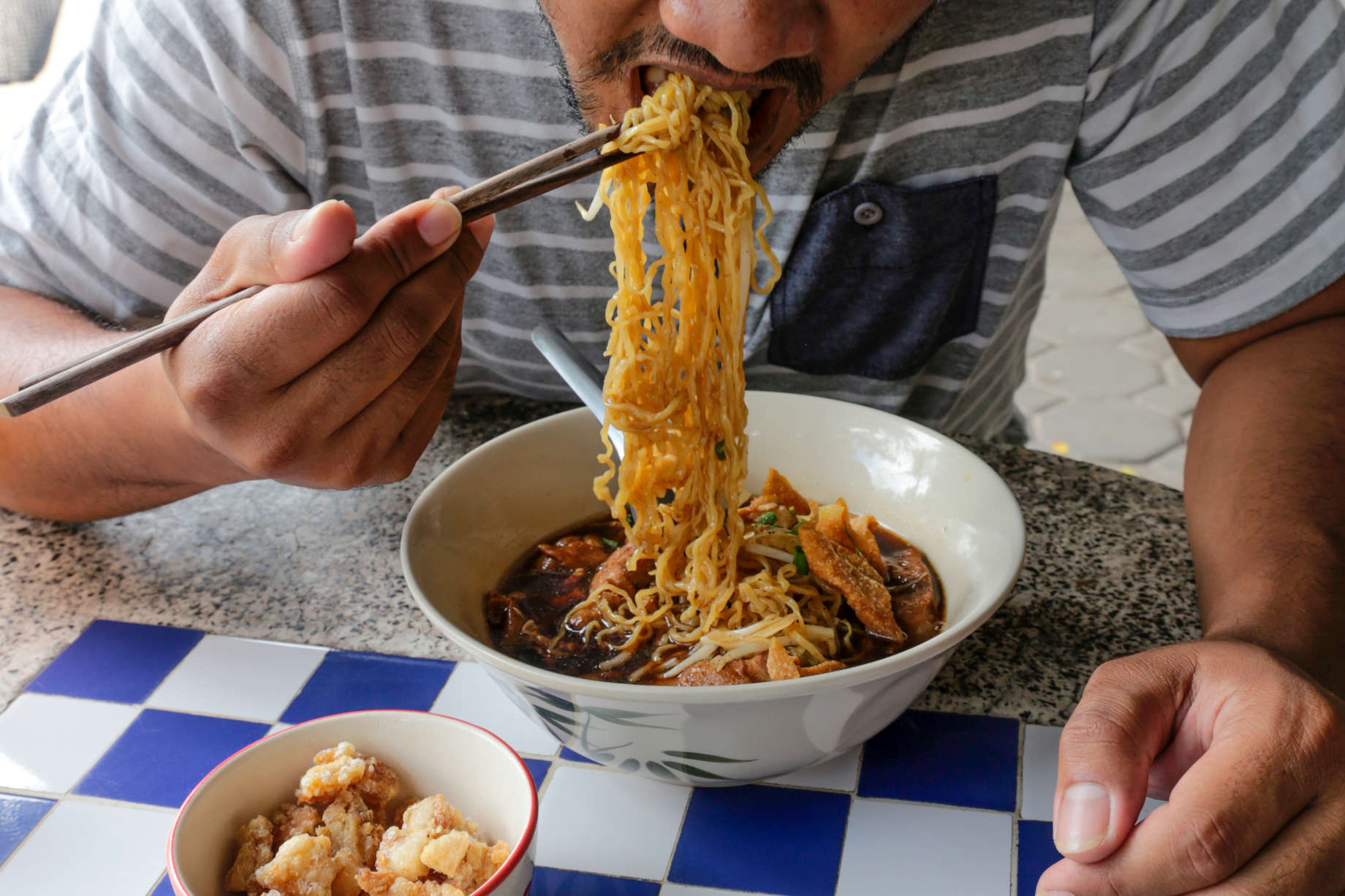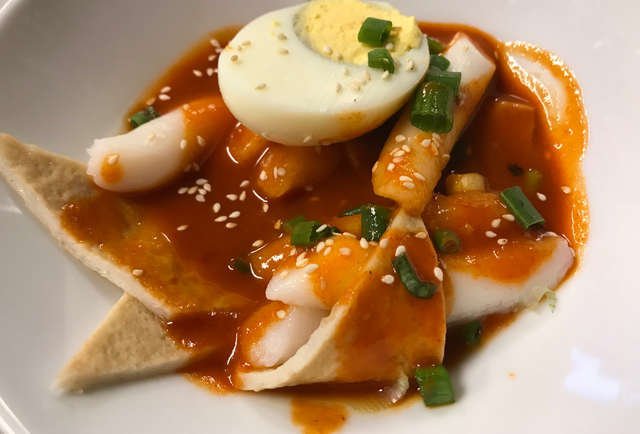THE ULTIMATE GUIDE TO CHINESE NOODLE STYLES
By SOLEIL HO
Published On 09/19/2018

YPHOTOLAND/SHUTTERSTOCK
Noodles, with the exception of zoodles (please go away), are the arguably the perfect food. This brilliant food genus, which includes everything from rigatoni to udon, banh pho to spaetzle, seems to have endless permutations to slurp, swirl, and stir-fry. Few countries know the joy of noodles better than China, where the foodstuff spread, evolved, and became an integral part of its culinary history for over 4,000 years.
China isn’t a monolith and neither are its noodles. In southern China, rice rules the roost. There, rice flour-based recipes generate bouncy and gummy products that soak up sauce like a sponge. (Through centuries of migration, colonization, and trade, the techniques and dishes developed in that part of China seeped into Southeast Asia, giving birth to regional faves like pho, khao soi, and pad see ew.) Head ****her inland in China and wheat reigns supreme. It manifests as a vibrantly diverse array of regional breads, pancakes, and, most importantly, wheat and starch noodles.
To sort it all out for you, here’s a breakdown of some of the most iconic types of Chinese noodles -- many of which are served at beloved restaurants around the country -- and our favorite ways to eat them.


MR.PATCHARAPHON/SHUTTERSTOCK
Mai fun
Also known as “rice vermicelli,” these round and thin noodles are on the drier and chewier side, with their heartier shape making them perfect for stir-fries and salads. In the United States, you’ll often find mai fun in a dish called Singapore noodles, wherein they’re stir-fried with egg, shrimp, vegetables, and curry powder. You’ll also find these in a lot of Vietnamese cuisine, especially in fresh bun salads and a delicious soup called bun bo Hue.

FASIHAH YUSOF/SHUTTERSTOCK
Shanghainese nian gao
Some might argue that these aren’t noodles. To them, I’d say: Who hurt you? Detractors aside, these rice cakes are made from dense rolls of pounded glutinous rice that are steamed, then sliced on a bias into thin pieces. If you’re familiar with Japanese mochi, you can probably imagine how nian gao works. Served as a sweet dish in other parts of the country, the Shanghainese variation is distinctively savory. In stir-fried chao nian gao, the soft and chewy texture makes the perfect foil to crunchy vegetables. At the grocery store, you’ll probably find the Korean variation, called tteok -- those are fine for both Korean and Chinese recipes.

MATEONE/SHUTTERSTOCK
Ho fun
These noodles, made wide and tapered to maximize their compatibility with sauces and gravies, are slippery and slurpable. Thus, they’re widely popular in many Asian cuisines, popping up in Thailand as pad kee mao and in Vietnam as pho. Cantonese restaurants often feature it in chow fun, a stir-fried dish with soy sauce, beef, and bean sprouts. To effectively stir-fry these sticky noodles and keep them from massing into a gummy clump requires a well-oiled wok and quite a bit of deftness -- so maybe leave it to the experts.

PAUL_BRIGHTON/SHUTTERSTOCK
Cheung fun
If you spend your weekends creepin’ on your local dim sum parlor, you know these well. Cheung fun are pillow-soft and jelly-like noodles that are made into sheets and often wrapped around a savory filling of shrimp, meat, or fried dough. Eating the dim sum version is, incidentally, a lot like the feeling of having a perfectly warm towel laid on your face. In Hong Kong, the noodles are served at street stalls in little rolls and topped with hoisin sauce, soy sauce, and sesame seeds. Their classic, jiggly texture comes from a mixture of rice flour and tapioca or glutinous rice flour, and the name translates literally to “intestine noodle” because of its aesthetic similarity to pig intestine. You can steam these at home or buy premade fresh noodles at some Asian grocers.










 Reply With Quote
Reply With Quote